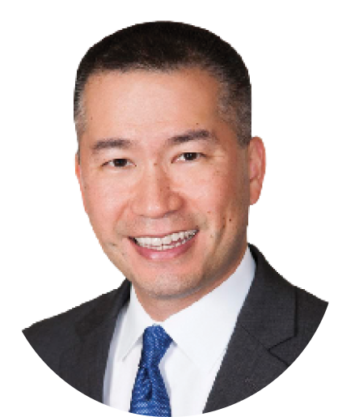
Managing astigmatism during cataract surgery is an important step in the optimization of visual outcomes. Although it may seem simple in concept, correcting astigmatism can be quite challenging in practice. In addition to using mean keratometric power, we must also consider the astigmatic power and axis. By adding these two additional degrees of freedom, the difficulty not only doubles but actually quadruples in comparison with correcting sphere alone. This complexity makes it understandable why some surgeons may elect not to address astigmatism during cataract surgery. However, since astigmatism is a lower-order aberration like sphere, it significantly degrades image and visual quality if left uncorrected.
I have had an interest in the surgical correction of refractive error since residency and fellowship. Like most, I had some exposure to managing astigmatism while in training, but limited firsthand surgical experience. Now, almost 15 years later, I correct astigmatism during cataract surgery for about 25% of my patients.
A SIMPLE YET EFFECTIVE SOLUTION
Early in practice, I realized the importance of accurately transferring the steep axis measurement information obtained in clinic preoperatively onto the eye intraoperatively. My simple solution was to print the eye image from my topographer and use it to help me orient and mark the eye during the case. Only by comparing the operative eye with a preoperative image of the iris and limbus structures am I able to register my axis of correction reliably. Even with the present availability of automated marking solutions, I have continued this simple workflow, which has proven to be accurate, efficient, and cost-effective for me.
Another pearl I have discovered is that repeating biometric testing improves my outcomes. By simply taking biometric measurements a second time, I have two snapshots of the eye’s anatomic and refractive state. This provides a great way to ensure consistency in measurement and fixation and to verify the stability of the ocular surface. If the two keratometric measurements show less than a 0.50 D difference in astigmatism, and if the IOL power calculations I use have a predicted refractive error difference of less than 0.30 D for a given IOL power, I am relatively confident that the measurements are accurate and the ocular surface is stable. If the measurements vary significantly, I generally reassess and treat the ocular surface and then obtain another set of measurements.
A CONSTANTLY CHANGING APPROACH
Through the years, I have changed my approach to correcting astigmatism in two significant ways. First, understating the impact of posterior corneal astigmatism, as introduced by Douglas D. Koch, MD, and colleagues,1 has been immensely helpful. Devices that measure posterior keratometry, such as the IOLMaster 700 (Carl Zeiss Meditec), have further improved my ability to treat astigmatism more accurately.
Second, the availability of toric IOLs and toric extended depth of focus IOLs with improved optical quality has allowed me to offer astigmatism and presbyopia correction to a wider range of patients. In fact, with the superb optical quality and refractive forgiveness of the Tecnis Symfony Toric IOL (Johnson & Johnson Vision), I have been able to correct astigmatism in eyes with mild ectatic disorders, previous refractive surgery, and even radial keratotomy.
Mastering astigmatism management is a lifelong aspiration. As our measurements and treatment options become more advanced, we can begin to consider additional concepts, such as dynamic ocular surface changes through the blink cycle, lens and IOL tilt, the relationship of the pupil with zonal corneal astigmatic power, and finite element model prediction of corneal shape and structural changes with corneal incisions. Not only should we improve our own knowledge and skills over time, but also we should work with our colleagues and with industry to increase our understanding and to develop new solutions to the important discipline of managing astigmatism.
Find out what I think is the best way to measure corneal astigmatism in the Table here.
1. Koch D, Ali SF, Weikert MP, et al. Contribution of posterior corneal astigmatism to total corneal astigmatism. J Cataract Refract Surg. 2012;38(12):2080-2087.


